Why is perfume so expensive?
‘A perfume is like a diamond with many facets.’
This sentence comes from a perfumer - and it describes quite aptly what a good fragrance can do. It emphasises personality, brings memories to life and sometimes stays in the mind longer than a face. But why do some fragrances cost 200, 300 or even 500 euros per bottle? And is there really more to an expensive perfume than just a well-known brand name?
Yes, behind the pricing lies a complex interplay of extremely precious fragrances, skilful craftsmanship, intensive development work - and often a pinch of marketing magic.
High-quality ingredients: essences with rarity value
The basis of a perfume is always the fragrance. And not every fragrance is the same. Natural ingredients such as rose oil, iris butter or oud are among the most expensive raw materials in the world. Several tonnes of flowers are needed for just one litre of rose absolute. Harvesting is often done by hand, distillation is time-consuming - and yields are low.
At the same time, it is precisely these rare essences that give a perfume depth, nuance and soul. If you want a particularly multi-faceted fragrance, you have to reckon with up to 70 different components - sometimes even more. Each one has to be sourced, processed and brought into balance.
What are the most expensive and rarest fragrance notes?
Perfume concentration: How much fragrance is really in it?
A decisive factor for price and durability is the concentration of the fragrance. Eau de cologne contains only 2-7% perfume oil, eau de parfum already 12-20%, and pure perfume even up to 40%. Of course, the higher the percentage, the more intense, long-lasting - and more expensive - the fragrance.
However, the proportion of the final price remains manageable. For a 100-euro perfume, the concentrate often only accounts for 5 to 10 euros. The rest of the price is explained in the next chapter.
Difference between Eau de Toilette and Eau de Parfum
Design & packaging: luxury in a bottle
Perfume is an overall experience. It doesn't just start when you spray it, but when you look at it. Elaborately designed glass flacons, hand-finished, with magnetic closures or gold embellishments - all of these contribute to the perception of value. Plastic? Unthinkable for many luxury brands.
But this design has its price. With limited editions or artistically designed packaging, the design is not just an accessory, but part of the concept.
At L'Art Vévien, we only do limited editions as each product is supposed to act as a real artpiece. Something that not everyone owns.
How sustainable is the perfume industry?
Marketing & advertising: the biggest price driver
Very few consumers buy a fragrance purely rationally. Advertising strongly influences what we desire. When Charlize Theron walks through the Dior advert bathed in gold, an image remains - and a desire.
These images cost millions. Stars like Johnny Depp or Natalie Portman collect fees totalling up to 28 million euros for multi-year campaigns. These expenses flow directly into the price of the perfume. Advertising surcharge included.
Brand name & prestige: you pay for the feeling
Fragrances from CHANEL, Louis Vuitton or Dior stand for more than just olfactory experiences. They symbolise status. Anyone who wears ‘J'adore’ is buying a feeling, a promise of luxury.
The brand image has a real price. In some cases, the premium for the name is 200 to 300 per cent. The product often remains just as good - but the prestige is more exclusive.
The grey market: when luxury products travel the world
Some perfumes appear online at dumping prices. No wonder: behind these offers are often large middlemen who buy up overproduction in Eastern Europe or Latin America and resell them.
The problem: these bottles are sometimes stored for months in unsuitable conditions, which can affect the quality of the fragrances. Cheap, but with risk.
Niche perfume vs. mainstream
Niche perfumery dispenses with glamour advertising and focuses on craftsmanship, innovation and unusual compositions. This often explains the high prices - because smaller batches, rare fragrances and independent production are simply more expensive. The result is a perfume that not everyone recognises and that often feels more individual.
What is the difference between niche fragrances and designer fragrance
Inexpensive alternatives: Fragrance twins & strategies
If you want to save money but don't want to miss out on special fragrances, you can use so-called fragrance twins. These work with synthetic molecules that imitate the original fragrance very closely, but are significantly cheaper.
Further tips: Trial sizes, bottling, duty-free offers or platforms such as ‘Wikiparfum’ to search specifically for alternatives.
What are dupes? - A critical look at fragrance twins
Conclusion: Quality has its price - but not always
An expensive perfume is usually of high quality - but not automatically better. Your own perception is important: How does the fragrance feel on your skin? How does it develop over the course of the day? How long does it remain noticeable despite the alcohol?
Those who choose more consciously understand that a good fragrance is not a mass product. It is a work of art made from fragrances that have been carefully composed - and that deserves its price. But not at any price.



